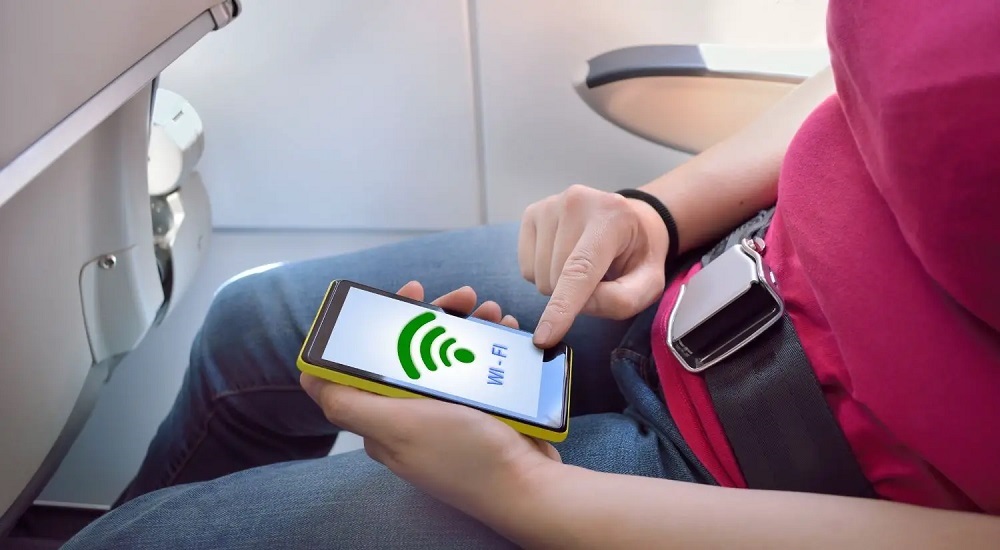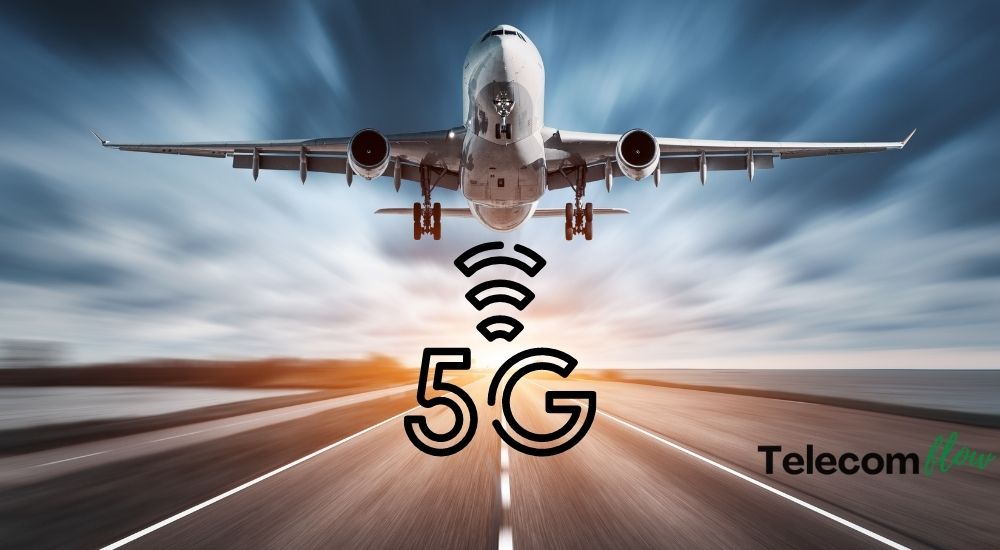In-flight internet on EU Flights is soon becoming a reality. The regional organization EURO has announced that airlines will be authorized to provide 5G broadband and other older mobile networks on flights allowing passengers to make calls. The move will gradually turn the flight mode obsolete over time.
“5G will enable innovative services for people and growth opportunities for European companies,” said Thierry Breton, EU Commissioner for the Internal Market, in a press release. “The sky is no longer a limit when it comes to possibilities offered by super-fast, high-capacity connectivity.”
To introduce in-flight internet, states will have to allocate 5G bands for planes. EU has set the deadline for releasing the spectrums by June 2023. The service would be launched by the summer of next year.
What is 5G?
5G is the next-generation cellular communication standard. As a successor to the current 4G network, it offers incredible downlink and uplink speeds with minimal latency. Due to its obvious broadband capacity, 5G will have broader use cases and inspire many new ones. Telehealth, education, manufacturing, and many more sectors are set to embrace the super-fast mobile network.

More on 5G: 5G Spectrum Bands: What Do High, Mid, and Low Bands Mean?
How does a 5G in-flight internet work?
5G will be provided on a flight using picocell, a network equipment that uses satellite to connect the plane with the mobile network on the ground. EU says that once picocells are installed inside planes, passengers will be able to benefit from the mobile technology using data, not WiFi.
Will 5G frequency interfere with the aircraft’s navigation system?
Many are skeptical whether using 5G whose higher frequencies are already talked much about will affect aircraft’s navigation. Traditionally, passengers are told to turn on flight mode on their devices to avoid disturbing the plane’s own communication. However, in-flight internet’s 5G band frequency (5 GHz) differs from those used for planes’ own systems (4.2 GHz – 4.4 GHz).
Additionally, flight mode has remained just an option on phones. A 2017 survey suggested that 40 percent of passengers don’t put their devices on flight mode while flying. To the relief of most, there is no data to show that it has adversely affected airplane operations.
Don’t miss: 5G at Chinese Airports Amidst a Fierce Debate in the US
Voice calls will soon be available on the flight
With the EU paving way for a mobile network to work aboard, people will be able to make calls during flights. The days of being told or discouraged to make voice calls from inside the plane are going to be a memory come next summer.

Besides, passengers will be able to download movies, TV shows, and songs. 5G-powered in-flight internet will herald total in-flight entertainment in the EU.
Also read: Amazon Launches AWS Private 5G Network for Businesses
Cost
The in-flight mobile networks will come at a cost. Users will be charged roaming charges, while planes’ spending for the technology will also likely trickle down to the users. But using WiFi could keep it under the budget rather than preferring the latest high-profile 5G technology.
Many states have allowed in-flight internet service, however, a whole EU bloc bringing the service will likely encourage a larger number of states to follow the suit.
